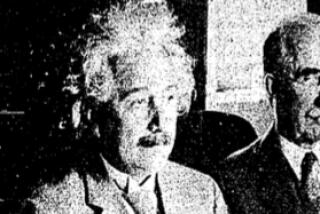Sweet Walk
- Share via
Not many pastries have ever had their own parade, but baklava has. In the days of the Ottoman Empire, it was the focus of a celebration called the Baklava Alayi, or Baklava Procession.
It was held by the Janissaries, the personal troops of the sultan. The procession originated out of a simple communal soldiers’ meal held on the 15th day of the Muslim month of Ramadan. That was the day of the year when the sultan opened the innermost treasure room of the Topkapi Palace in Istanbul, the one that held relics of the Prophet Muhammad.
But the wealth of the empire, together with the famous sweet tooth of the sultans, had spurred the invention of all sorts of elegant pastries, above all the light, flaky baklava, and it came to be customary that the palace would distribute baklava to all the Janissary regiments stationed in Istanbul on that day. Each regiment would march in turn into the Second Courtyard of the palace, where the 20 royal kitchens stood, and receive two huge trays of baklava baked by the sultan’s own confectioners. The trays would be slung in cloth sheets from a stout pole carried by two men and paraded back to the barracks with the utmost pomp.
It wasn’t always a sweet event. In the later days of the Ottoman Empire, the Janissaries degenerated into a rather thuggish group, and one year some of the paraders assaulted a woman who turned out to be the daughter of the mayor of Istanbul. Soon after, the sultans abolished the Janissaries as a military order. Live by the baklava parade, die by the baklava parade.
More to Read
Sign up for Essential California
The most important California stories and recommendations in your inbox every morning.
You may occasionally receive promotional content from the Los Angeles Times.









